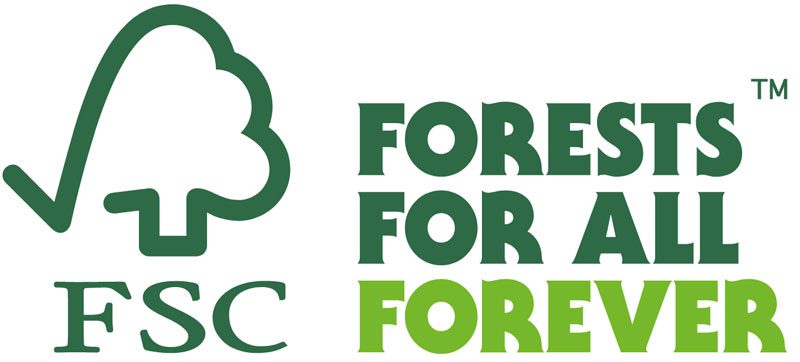What kinds of raw materials can be used for making wood pellets?
What are wood pellets made of? Wood Pellets are made by reducing the raw wood material into sawdust, heating it up so to bring the moisture content to ~10% and then squeezing it under high pressure through tiny holes in a matrix.
The pressure and the heat makes the wood into almost a putty which is able to mold, and the lignin of the wood forms a natural seal, almost like that on a sausage to bind the pellet together.
Wood Pellets do not contain any glues, additives, chemicals, starch or anything else apart from wood.
I’ve added in a photo I took from our last routine inspection, you can see clearly the pellet in the middle has this shiny outer surface that you describe. Interesting to note that not all have this surface, I usually find the more durable pellets do, which is related to the heat and pressure they are forced through the matrix.
Wood pellets are typically made from compacted biomass materials that are a byproduct of the wood processing industry or from sustainably managed forests. The primary ingredients used to make drewniane palety include:
Sawdust: Sawdust is one of the main components of wood pellets. It’s a fine, powdery residue that is generated when wood is cut or processed. Sawdust is a valuable material for pellet production due to its high lignocellulosic content, which provides the necessary binding properties for pellet formation.
Wood Shavings: Similar to sawdust, wood shavings are small, thin pieces of wood that are produced during woodworking processes. They are commonly used in pellet production to provide bulk and structure to the pellets.
Wood Chips: Wood chips are larger pieces of wood that result from activities like tree felling, logging, or lumber production. These chips are often used in combination with sawdust and shavings to create a diverse mix of biomass materials.
Wood Residues: Various wood residues, such as bark, twigs, and branches, can be used to make wood pellets. These materials are often collected from forestry operations or as waste from wood processing facilities.
Logging Residues: After trees are harvested, there are leftover materials, such as tops and branches, that are not used for lumber. These logging residues can be chipped and processed into pellets.
Wood Byproducts: Some wood pellet production processes generate their own byproducts, such as fines (small wood particles) and excess material. These byproducts can be recycled back into the pellet production process.
It’s important to note that the quality of wood pellets depends on the materials used to produce them. High-quality wood pellets are made from clean, dry wood with consistent moisture content and minimal impurities. The choice of wood species and the proportion of different materials can also influence the characteristics of the pellets, including their energy content and combustion properties.
In addition to the primary biomass materials, some pellet manufacturers may use additives like binders or lubricants to improve the pelletization process. However, premium pellets typically have minimal or no additives, relying on the natural lignin content of the wood to bind the pellets together during compression.
Overall, wood provide a sustainable and eco-friendly alternative for heating and energy generation, as they make use of wood waste and byproducts that might otherwise be discarded.







